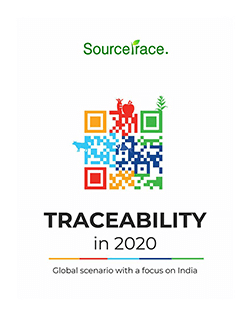GI tags, export potential and traceability
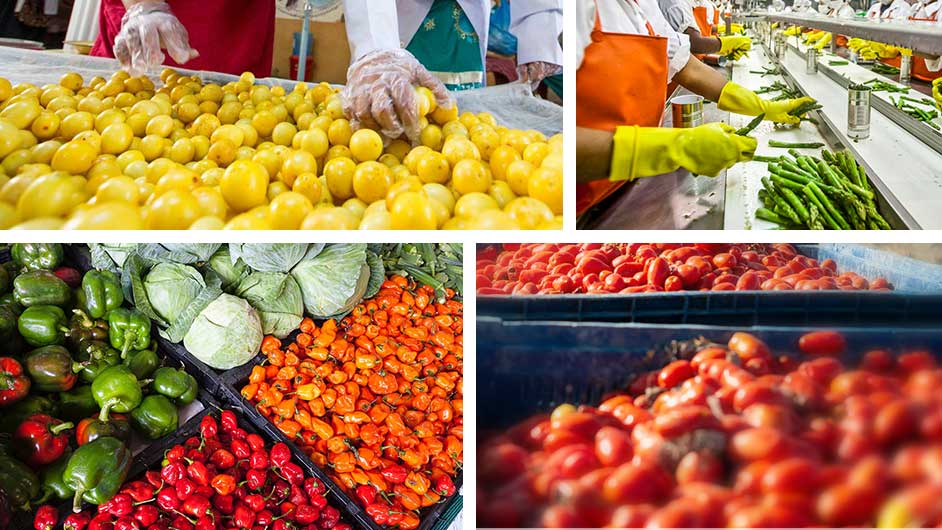
The Global Food Industry
In the 21st century, the global food industry has assumed a complex form. The food industry is composed of several factions. The complexity of the food industry is easily perceptible when we take note of the forecast given by international research organization IGD according to which the global grocery retail market is expected to reach a growth rate of a whopping 24% and generate an additional US$2.2 trillion in sales by 2024. Essentially, the food industry is composed of a worldwide conglomeration of diverse businesses that bear the responsibility of supplying majority of the food consumed by the world’s population. With the world population continually on the rise, the food industry needs to step up its game to ensure the availability and distribution of quality food in the coming years.
The food industry is composed of several subdivisions, as shown in the table below.
| Agriculture: raising crops, livestock, and seafood. |
| Manufacturing: agrichemicals, agricultural construction, farm machinery and supplies, seed, etc. |
| Food processing: preparation of fresh products for the market, and manufacture of prepared food products |
| Marketing: promotion of generic products (e.g., milk board), new products, advertising, marketing campaigns, packaging, public relations, etc. |
| Wholesale and food distribution: logistics, transportation, warehousing |
| Food service: (which includes catering) |
| Grocery, farmers’ markets, public markets and other retailing |
| Regulation: local, regional, national, and international rules and regulations for food production and sale, including food quality, food security, food safety, marketing/advertising, and industry lobbying activities |
| Education: academic, consultancy, vocational |
| Research and development: food technology |
| Financial services: credit, insurance |
Ref: https://en.wikipedia.org/wiki/Food_industry
However, the critical point to note here is that the leading powerhouse of the food industry is agriculture. And tags like GI and traceability impact the export potential of agricultural produce.
What Are GI Tags?
One of the most innovative practices to have originated in the global food industry is advocating for the use of GI tags. A geographical indication (GI) tag serves as a marker or a nameplate, which is used on certain products to show to the user that the food material is from a specific geographical location. The use of GI tags started in the Indian subcontinent. GI tags were first applied on Darjeeling tea (in 2004–2005.)
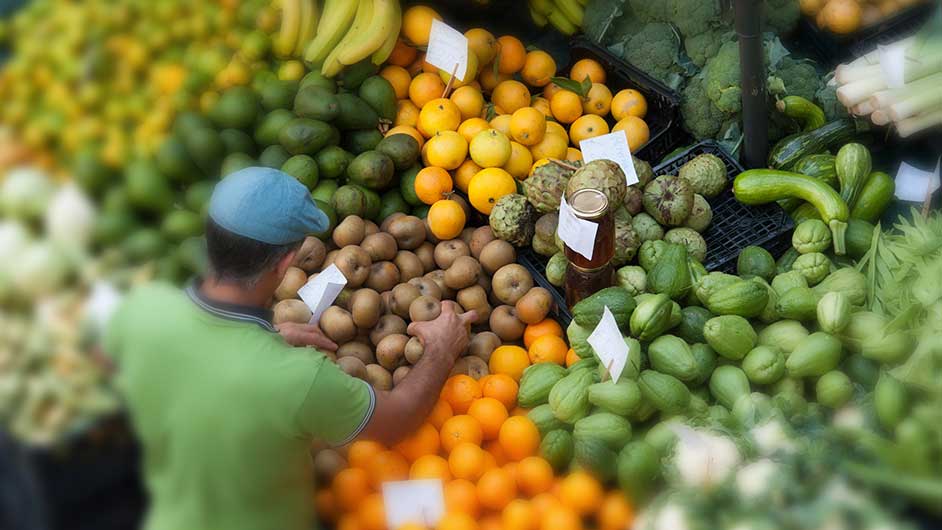
It needs to be understood that GI tags are essentially a form of Intellectual Property Right (IPR). Other producers cannot use GI tags on their food materials during their marketing process if the food they produce isn’t from that geographical location. Doing so will cause that company to be penalized.
The use of Geographical Indications may be considered as irrefutable proof that a particular food material has indeed been grown or produced in compliance with the pre-existing methods of production in the native locality. GI tags also ensure that a food material meets certain specific qualities (such as flavor, texture, and/or aroma) that arise because it was produced in that particular geographical location.
In other words, whenever there is a subtle interplay between the quality of the food material and the geographical location of production, a food material becomes eligible for a GI tag.
Benefits of GI tag
The Geographical Indication registration confers the following benefits:
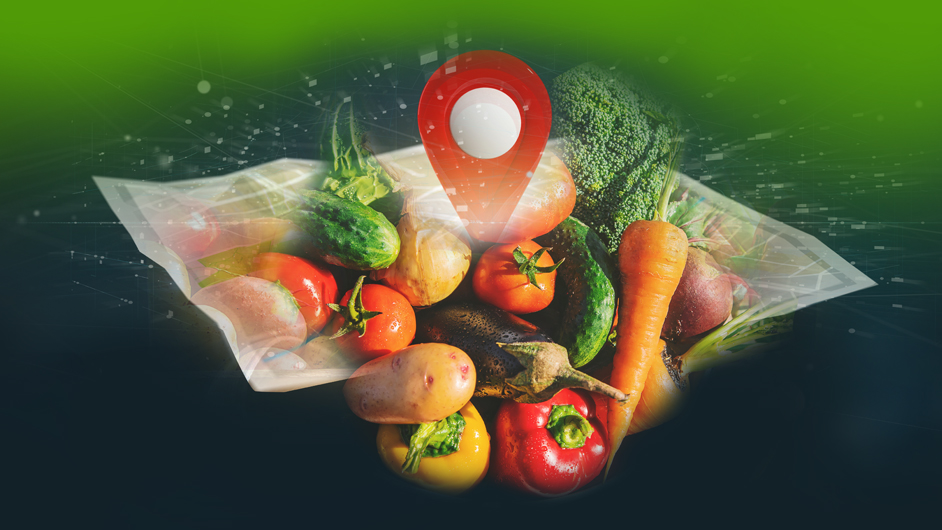
-
It offers legal protection to the products and prevents unauthorized use of GI tagged products by other producers who aren’t producing in that locality.
-
GI tags make it easy for consumers to get quality products of desired traits, and they’re assured of its authenticity.
-
GI tags promote the economic prosperity of producers of GI tagged goods by enhancing their demand in national and international markets. This can also help boost the country’s rate of economic growth.
-
GI tagged goods which are exported can help the country improve its Balance of Payments position.
-
GI tagged food materials can also help a country boost its GDP through tourism. More tourists might frequent the geographical origin of the product to get their hands on the delicious delicacy being produced there.
-
Most importantly, the use of GI tags can help allocate resources more efficiently. For instance, the quality of rice grown in a specific region may be excellent in region-A, while the quality of wheat may be excellent in region-B. While previously, there was no specialization involved in the food production process, once both region-A and region-B begin to specialize in different crop production, that particular country can then make the most efficient use of available resources.
-
One of the most beautiful sides to embracing the use of GI tags in the food production process is how it can help preserve traditional cuisines.
-
More importantly, a significant portion of the food processing industry is done in an unorganized manner in many countries. The adoption of GI tags for food production can allow for systematic food production and food processing.
-
GIs can be considered either directly or indirectly, as driving forces of food safety. We hope that GI tags will help bring about a revolution in the global food industry concerning food quality and food safety.
Traceability in the food industry
Traceability refers to the means to track any food through all stages of production, processing, and distribution. Heightened consumer awareness of food safety and, in general, on food quality means that traceability is a vital issue in the food industry. When consumers are offered transparency, they feel secure in the knowledge that the food that they are consuming is both safe and of high quality. Common strategies to improve traceability in the food industry include the implementation of food laws and/or using blockchain technology. SaaS (Software as a Service) technologies also enable optimal functioning of traceability solutions. Software vendors now host the applications in their data-centers and offer it as a service to their customers on a subscription or usage basis. In this way, SaaS technology is made affordable to most retail food suppliers.
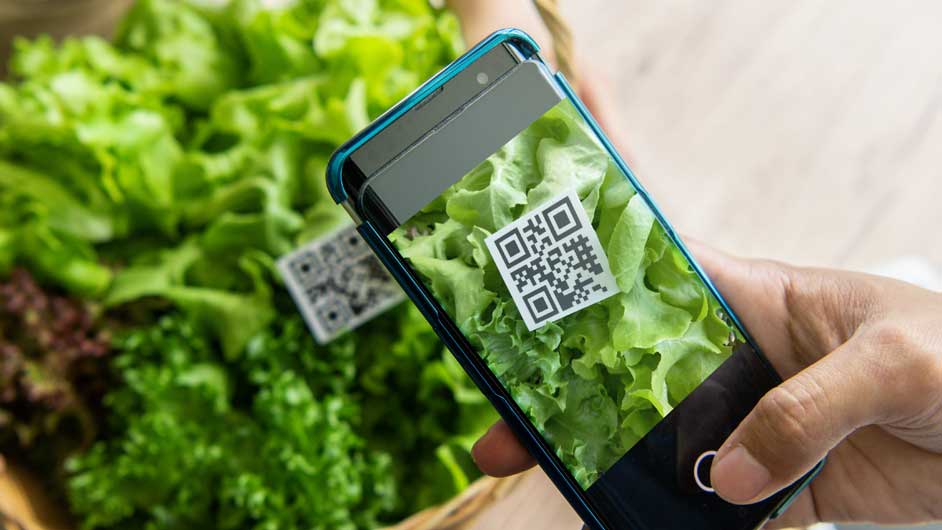
To promote the supply of high quality, SaaS technology can be used to monitor essential data on food materials being sold in the market to ensure that food is safe. Besides, this can help prevent fraud and put a stop to potential exploitation of GI tags on the black market.
Bringing things to a wrap, the focal point of our discussion is that GI tags and traceability can significantly rally export potential as evidenced by the successes enjoyed by Darjeeling tea and Italian Toscano Olive oil. The increased export potential of agri products is not confined to these two either. The widely popular Basmati rice, upon receiving a GI tag in 2010 has been constantly raking in money into the country. In fact, the export value of Basmati rice has increased to USD 4.71 billion in 2018-19 as compared with USD 3.20 billion in 2016-17. The premium prices brought in by the use of GI tags is further reinforced by the use of novel traceability solutions. With the innovative SaaS and GI tags joining forces, the export potential is bound to shoot up in the coming days.
SourceTrace's software solutions have been deployed across 37 countries and 4 continents already. We are on a mission to make agriculture and food systems more sustainable. Get in touch and we will extend our expertise and commitment to you.
Request a Demo


